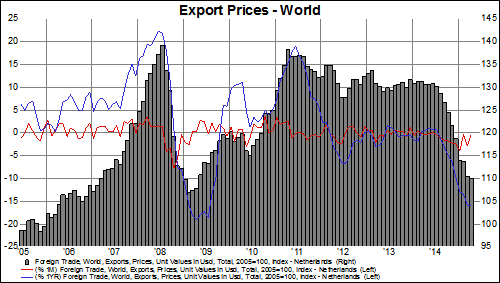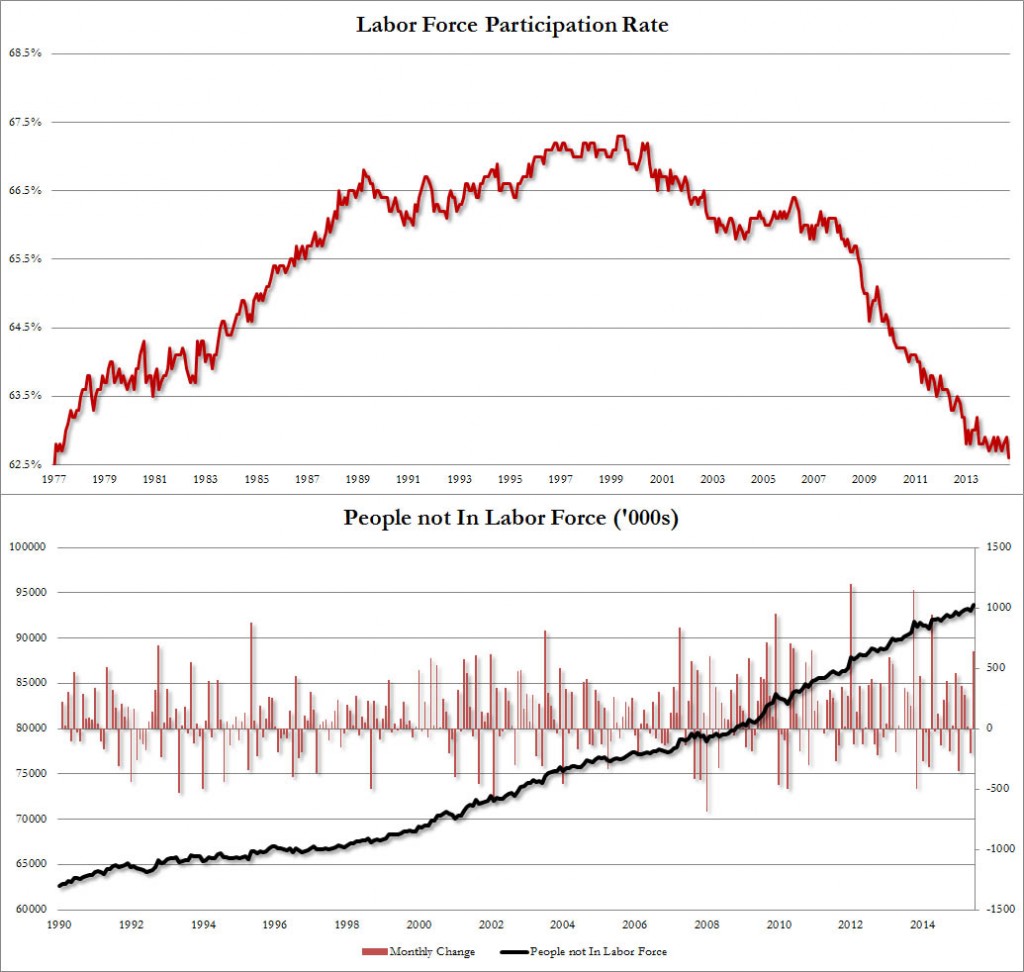
The Federal Reserve is in an increasingly difficult position with regards to raising rates in 2015. The Fed has made it clear to the market that it intends to hike rates by at least 25bps by the end of the year, but with growing instability around the world, and an increasingly mixed economic picture on the domestic front, it seems increasingly likely that the Fed will need to delay its plans or risk severe market hysteria.
Consensus expectations for a move by the Fed has been softening throughout the year, analysts had predicted a stick on 25bps rate move in June which has come and gone without event. Forecasts have now shifted to September, but conviction behind such calls are waning by the day. It seems the Fed will need to stand by for another year and watch as markets around the world continue their infatuation with easy money.
The growing tension in European markets is likely to instill more caution amongst Fed officials going forward, especially given the heightened likelihood of QE being ratcheted up by the ECB. Such a policy would strengthen the dollar further, having a negative impact on both US exports and leading to deflation via cheaper imported goods from overseas.
Domestic data are also showing a less than robust economic environment which on balance, are likely to keep inflation subdued for the rest of the year and should remove any possibility of rates being hiked in 2015.
Employment remains Sluggish
On the employment front, 223K payrolls, less than the expected 233K by analysts, were added in June according to the BLS report released yesterday. The unemployment rate dropped to 5.3% from 5.4%, however participation rates crashed to a level not seen since 1977! The number of Americans no longer seeking any form of employment jumped by 640,000, the largest increase since April 2014. 93.6 million people in the United States are now completely removed the labor force, a clear sign of worsening conditions on main street.
Previous numbers were also revised downwards, falling from 280,000 to 254,000 jobs and hourly earnings remained flat, which should start appearing in the consumer confidence surveys which have been setting extremely high levels in recent weeks on the expectations of higher wages going forward. The sluggish growth in employment will be an alarm bell for the Fed as they ponder the timing of their next rate cut.
Factory Orders and Exports Slide
As hinted by the Fed on numerous occasions, the strength of the US dollar is starting to adversely affect American exports and factory orders. Factory orders fell 6.3% on an annualized basis, the most since the start of the 2008 financial crisis. Manufacturing orders in particular were hard hit, falling 1 percent for the month, with previous monthly figures also revised downwards. Factory orders have now fell nine out of the previous ten months, a severe sign of weakness taking root within the sector.

Signs of persistent deflation in export and import prices will also be a worry for policy makers following the recent data. World export prices fell by -15.8 percent on an annualized basis in April, falling once again to the lowest level since the start of the crisis. World Import prices also fell -15.1%. Prices were harder hit in developed economies, with export prices cashing -16.6 percent on an annual basis, the biggest annualized decline since 1990.
Oil Prices under pressure
Falling oil prices complete the trifecta of bearish inflation related data, with US oil rig counts rising for the first time since December, increasing fears that the supply glut which has been plaguing the industry is set to persist. Crude prices are trading below $60 per barrel on the news, and could lead to weak inflation data in the months ahead should prices persist at these levels. The recent surge in inflation in May was largely on the back of rising gasoline prices so any stabilization is likely to see the deflation trend reappear. Any reappearance of deflation within the CPI figures will be the last straw for the Fed, and any pretense for rising rates will be completely abandoned.

The Fed has made its position clear that it believes monetary policy should begin to normalize in the coming months, but with signs of economic stress present all over the world, they seem incapable of doing so. The lack of maneuverability of the Fed is a clear sign of just how crippling the current state of the global economy is currently in.



